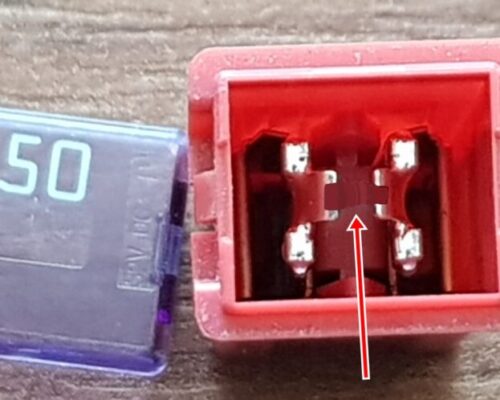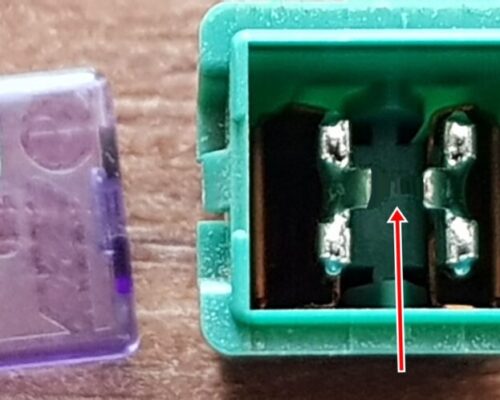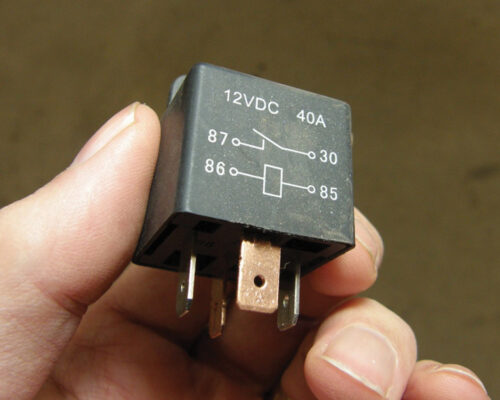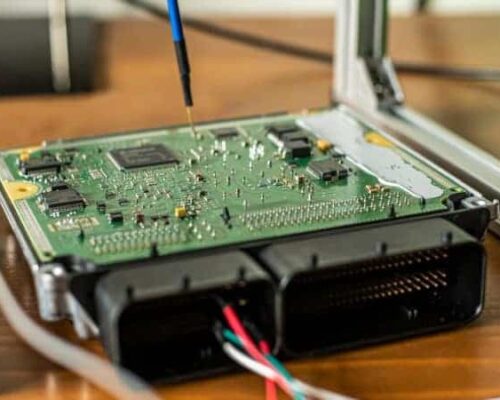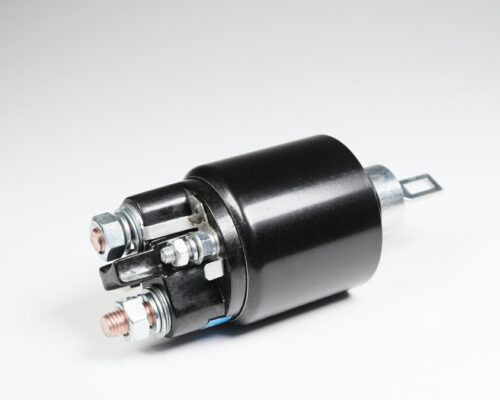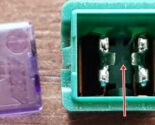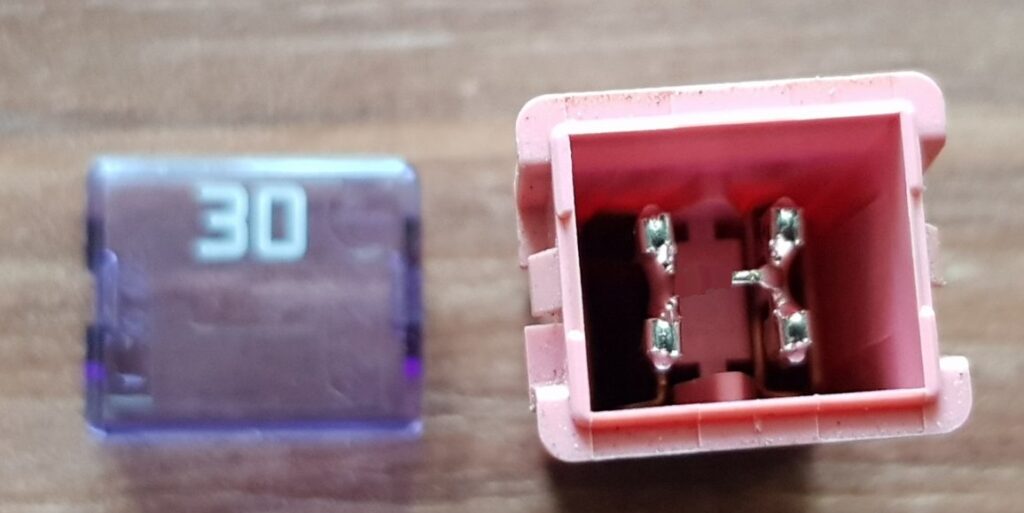
What Does A Blown 30 Amp Fuse Look Like?
A blown 30 amp fuse looks like a small, cylindrical piece of metal with a blackened or charred appearance. The ends of the fuse may be melted and deformed, and the interior of the fuse will be empty. A visual inspection is usually sufficient to determine if a fuse has blown.
If you’re wondering what a blown 30 amp fuse looks like, it’s not pretty. This type of fuse is designed to protect your home from electrical fires, and when it blows, it’s usually because there’s been an overload of current. The good news is that a blown fuse is easy to spot.
Just look for a dark spot or discoloration on the metal strip inside the fuse. If you see one, replace the fuse as soon as possible.
How To Check For a Blown Fuse
How Do You Tell If a 30 Amp Fuse is Blown?
If you have a 30 amp fuse and it’s not working, then there are a few things that could be wrong. The first thing you should check is whether or not the power is turned on to the fuse box. If it is, then the next thing you should check is whether or not the circuit breaker for the fuse has been tripped.
If neither of these are the problem, then it’s possible that the fuse itself is blown.
To check if a fuse is blown, first look at it to see if there’s any visible damage. If there isn’t, then gently shake it to see if there’s anything loose inside.
If there is, then it’s likely that the fuse has been blown and will need to be replaced.
Can You Visually See a Blown Fuse?
A fuse is a thin strip of wire that melts and breaks the circuit if too much current flows through it. You can’t see a blown fuse because it has vaporized.
How Do You Check a 30A Fuse?
Fuses are designed to protect electrical circuits from excessive current. They are usually made of a metal alloy that melts when too much current flows through it, thus opening the circuit and interrupting the flow of electricity.
To check a 30a fuse, first make sure that the circuit it is protecting is turned off.
Then remove the fuse from its holder and use a multimeter set to the ohms scale to test it for continuity. If the fuse is good, the multimeter will register continuity; if it is blown, there will be no continuity.
How Can You Tell If You Blew a Fuse?
There are a few telltale signs that you may have blown a fuse in your home. First, check to see if the fuse box has a blown fuse indicator. If the indicator is lit, then you know that a fuse has been blown and will need to be replaced.
Secondly, if there is no power at all to an outlet or switch, then this is another sign that a fuse may have been blown. Lastly, if you hear a loud popping noise coming from the electrical panel, this is also an indication of a blown fuse.
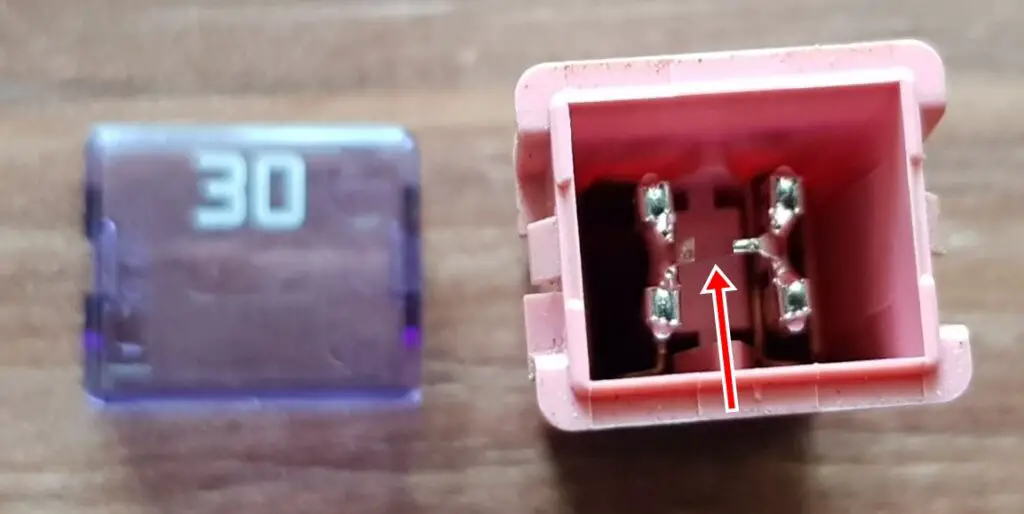
Credit: www.carcarehacks.com
How to Tell If a Fuse is Blown Without a Multimeter
If your home has ever lost power unexpectedly, it’s likely because a fuse was blown. Fuses are an important safety feature in your home, and they should be checked regularly to ensure they’re in working order. But how can you tell if a fuse is blown without a multimeter?
There are a few signs that indicate a blown fuse:
-The circuit breaker has tripped. If the switch is in the “off” position, this means the fuse has been blown.
-There is no power to the outlet or fixture. This could be caused by a loose connection, but it’s also a sign of a blown fuse.
-The outlet or fixture is hot to the touch.
This indicates that there is an electrical current running through the circuit, which means the fuse has not been effective in stopping it. This could be dangerous and should be addressed immediately.
If you suspect a blown fuse, it’s best to call an electrician to check it out and replace the fuse if necessary.
Trying to fix it yourself could be dangerous if you don’t know what you’re doing.
Conclusion
A blown 30 amp fuse looks like a small, cylindrical piece of metal with a broken wire inside of it. The broken wire will usually be visible and may be hanging out of the end of the fuse.



